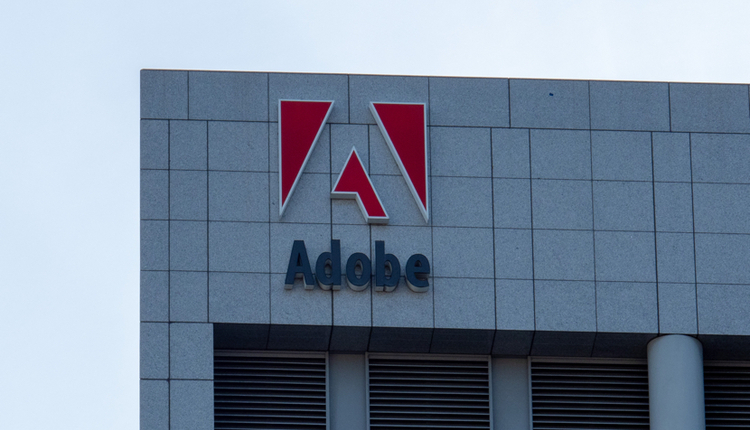
If you are not a believer in the 100% paperless office, how about taking steps towards achieving a paper-light office? I know based on my first-hand experience that organizations can successfully create a paper-light office. With the right level of time and commitment, organizations might be surprised to know they can probably eliminate up to 75% of the paper they currently have filling up their filing cabinets and taking up valuable office space. In order to reduce the amount of paper stored and used in your organization and reap the many benefits of a paper-light office, I offer the following advice:
Step 1: Commit to the paper-light initiative.
Your organization’s senior management needs to endorse and support this initiative. Staff needs to understand the benefits of creating a paper-light environment and be given the training, hands-on support and tools to achieve the initiative. In order for your organization to achieve a paper-light status, employees across your organization need to make a commitment to change. People who have been making photocopies of every electronic document they receive, sending and receiving paper faxes, putting documents in filing cabinets and saving paper they just cannot part with are going to have to change. Change in the way they think and change in the way they work, which will require the use of some new policies, processes and technologies.
Step 2: Incorporate best records management practices into your operations.
Start by developing and implementing a records retention schedule, policies and a secure records destruction process. The records retention policies provide guidance on what records must be retained and what paper records you can destroy now.
Step 3: Eliminate paper currently filling up those file cabinets. (This will probably require conducting several record clean-up days.)
Once you have a records retention and destruction process in place, you can begin reviewing your existing paper records and shred records that have exceeded established record retention periods.
Step 1: Commit to the paper-light initiative.
Your organization’s senior management needs to endorse and support this initiative. Staff needs to understand the benefits of creating a paper-light environment and be given the training, hands-on support and tools to achieve the initiative. In order for your organization to achieve a paper-light status, employees across your organization need to make a commitment to change. People who have been making photocopies of every electronic document they receive, sending and receiving paper faxes, putting documents in filing cabinets and saving paper they just cannot part with are going to have to change. Change in the way they think and change in the way they work, which will require the use of some new policies, processes and technologies.
Step 2: Incorporate best records management practices into your operations.
Start by developing and implementing a records retention schedule, policies and a secure records destruction process. The records retention policies provide guidance on what records must be retained and what paper records you can destroy now.
Step 3: Eliminate paper currently filling up those file cabinets. (This will probably require conducting several record clean-up days.)
Once you have a records retention and destruction process in place, you can begin reviewing your existing paper records and shred records that have exceeded established record retention periods.
- Shred duplicate records and non-records (documents not considered official records and not included on the records retention schedule) that are no longer needed.
- Discourage storing personal records (material belonging to an individual and not created or received in the conduct of your organization’s business) in your organization’s limited file space.
- Send inactive records (records required to be retained but only occasionally accessed) to an off-site records center.
- Centralize your file collections and merge decentralized libraries into one centralized Library/Archives, eliminating duplicate records and duplication of resources.
Implement an imaging and content management program.
Convert your vital and frequently accessed paper active records to digital format by a professional scanning vendor.
- Digital files can be stored on a hard drive that is backed up, or
Upload the digital file into an in-house content management system or use a vendor that offers an online content management software as a service (SaaS) application. Content management systems can store and manage any electronic file, not just scanned documents.
Step 4: Stay paper-light
Once you have successfully reduced the paper in your office, you need to establish a strategy to maintain and improve day-forward paper-light status. You need to establish paper-light policies, eliminate old paper printing and filing habits and implement new electronic processes and filing systems to ensure your organization stays paper-light. These processes must incorporate good records management practices, eliminating the possibility of creating an electronic mess.
Once you have successfully reduced the paper in your office, you need to establish a strategy to maintain and improve day-forward paper-light status. You need to establish paper-light policies, eliminate old paper printing and filing habits and implement new electronic processes and filing systems to ensure your organization stays paper-light. These processes must incorporate good records management practices, eliminating the possibility of creating an electronic mess.
- Go digital. Give staff the tools needed and, in some cases, take away tools to aid in the reduction of printing practices and incoming paper documents.
- Set the default on printers to automatically print on both sides.
- Reduce the amount of printers available, making it less convenient to print.
- Install a PDF printer on every computer, allowing users to print anything into a PDF, that creates an electronic document to be saved, rather than printing a hard copy.
- Provide some employees a second monitor so they do not need to print to do document comparisons.
- Provide them a method to send and receive faxes electronically to their email accounts.
- Share files through a single-source internal or cloud repository.
- Establish guidelines suggesting that staff only share or accept information (professional magazines and newsletters, invoices, etc.) in electronic format.
Review your organization's manual and paper-centric business processes with an eye toward how they can be improved by using less paper. How can you capture content at the point of origin and make it available to whoever needs it in the shortest possible time? Examples of processes that should be reviewed:
- Claims
- Forms processing
- Finance: accounts payable/receivable/purchasing
- Human resources
- Loan processing
- Mailroom: Converting to a digital mailroom allows you to capture and convert inbound paper mail into an electronic document that is fed into your organization's business processes, accounts payable, email, etc.
- Project/case management
- Sales
There is a variety of software and technology available to assist you in automating processes and achieving your paper-light initiative:
- Barcode technology
- Content management systems
- Electronic faxes: Allows you to send and receive faxes from your computer or multi-functional devices.
- Electronic signature tablets and E-forms software: Allows you to capture content information electronically rather than using paper forms.
- Scanners and capture software: Input devices that convert paper to digital images.
- Workflow and business process management solutions: Facilitate the routing of imaged documents.
Allen Podraza is the director of records management and archives for the American Medical Association in Chicago. He is a certified information professional that advocates all organizations develop a strategy for managing their information. This content originally appeared on the Allen Podraza's LinkedIn Posts. Follow his posts or on Twitter @AllenPodraza.
















